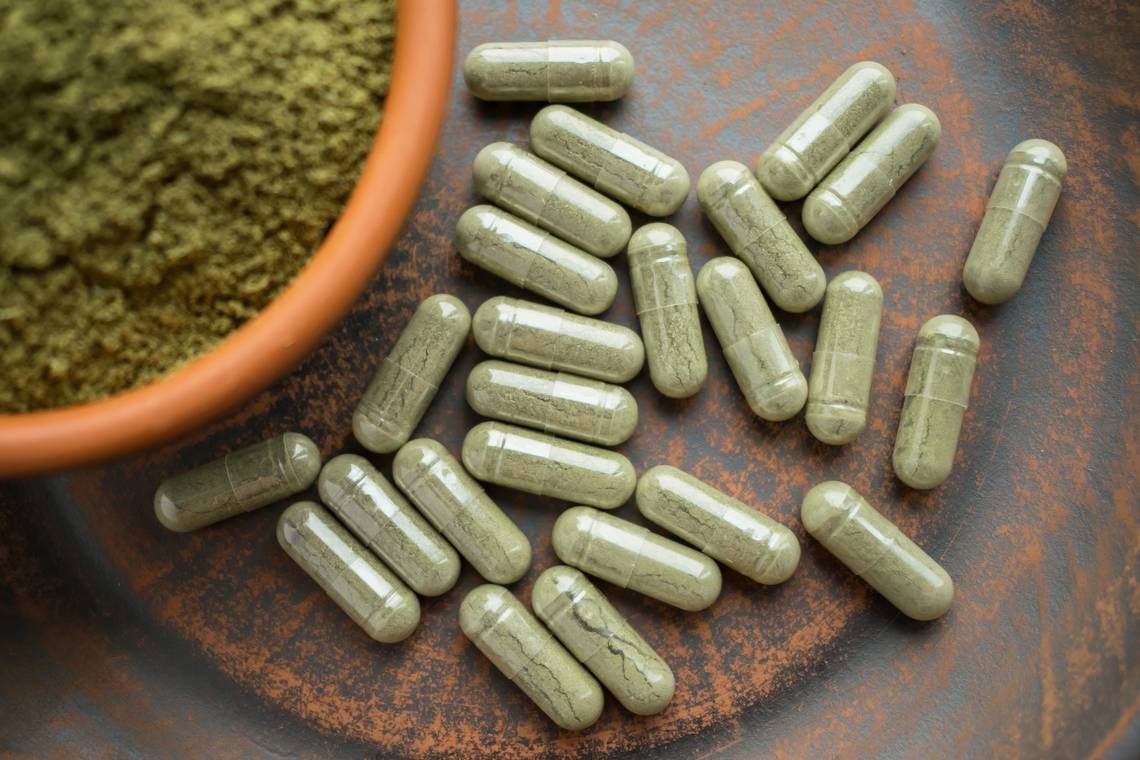At present, the mass media in Indonesia is busy talking about Kratom. Starting from the planned National Narcotics Agency (BNN) to propose that the Kratom be included in the category of 1 narcotics.
The kratom leaves from Kalimantan are one of the main export commodities. The United States is the main consumer of this kratom leaf product. That said, Kratom is often used as a pain reliever.
Then, is this true plant have a psychotropic effect so it is considered a class I narcotics? This is the explanation!
What is Kratom?
Kratom is a kind of bush living in Southeast Asia, including Indonesia. Kratom leaves contain destroyed psychoactive materials, smoked like cigarettes, processed into tea, or consumed in capsule form.
Kratom has several other names, such as:
- Biak.
- Ketum.
- Rigid
- Iththang.
- Thom.
How do people use Kratom?
Most people consume kratom in the form of pills, capsules, or extracts. So, where to buy Kratom near me?
Some people also chew kratom leaves or brew it as tea. Sometimes the leaves are smoked like cigarettes or consumed after being mixed in food.
How does Kratom affect the brain?
Kratom can cause effects similar to opioids and stimulants. Two compounds in kratom leaves, mitragynine, and 7-a-hydroxymitragynine, interact with opioid receptors in the brain, produce sensations, satisfaction, and reduce pain, especially when consumed in large quantities.
Also Read: rhinoplasty
Mitragynine also interacts with other receptor systems in the brain to produce stimulant effects. When the Kratom is consumed in small amounts, the person who consumes it has increased energy and alertness.
Kratom side effects.
Kratom can also cause uncomfortable and even dangerous side effects. Some side effects of consuming kratom are:
- Nausea.
- Itchy
- Sweat
- Constipation
- Frequent urination
- seizures
- hallucinations
- Symptoms of psychosis in some people
Can someone get a kratom overdose?
From around the world, there are several reports of deaths in people who have taken Kratom, but most of these cases also involve other psychotic compounds.
In the United States only, in 2011-2017 the study found 11 cases of death due to exposure to Kratom. Nine of the 11 deaths not only involve kratom, but also psychotic and other drug compounds, such as antihistamines, caffeine, benzodiazepines, and cocaine.
Meanwhile, two other deaths were produced from the exposure to Kratom, without other compounds. In 2017, the FDA also identified 44 deaths from Kratom, with at least one case caused by exposure to Kratom.
According to the FDA, many of these deaths are caused by using kratom with other compounds, including illegal drugs, opioids, alcohol, Gabapentin, and free drugs, such as cough drops.
Is it an addictive kratom?
Just like other drugs that have similar effects to opioids, kratoms can also make addicted. That means many people experience withdrawal symptoms when they stop using kratom.
Symptoms of withdrawal in question, such as:
- Muscleache
- Insomnia
- Sensitive
- Aggressive
- Emotional change
In recent years, Kratom is often used as an alternative treatment for controlling withdrawal symptoms in people who are addicted to opioids or alcohol.
However, there are no scientific studies that know whether Kratom is truly safe or effective for this treatment. Therefore, further research is needed to prove it.

